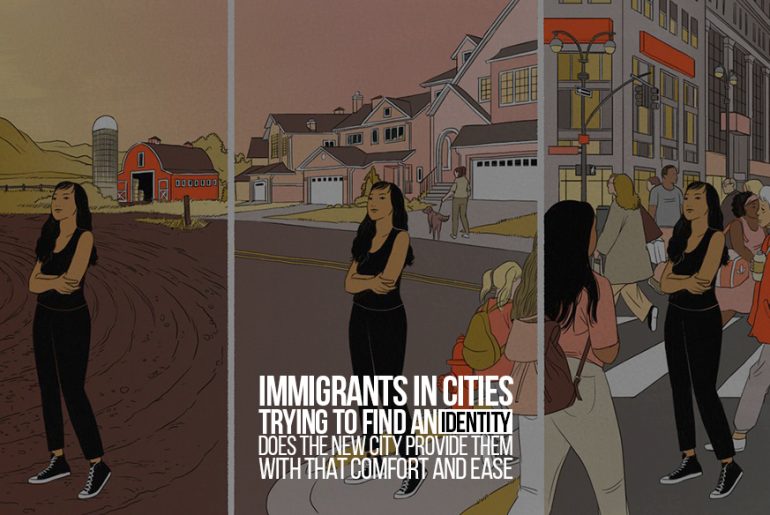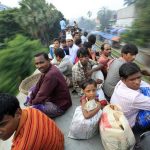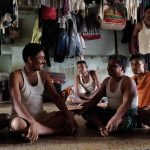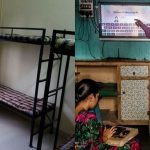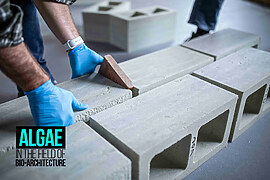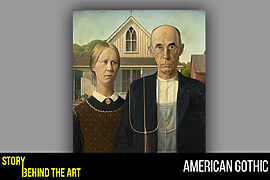The people who are always just there doing day-to-day milieu such as watering plants, washing cars, sweeping leaves, cleaning roads, and engaging in a wide range of chores go unnoticed.
These are the informal workers, the majority of whom are migrants from within the country or neighbouring countries, who have travelled to cities for job opportunities, livelihood, and a better lifestyle in the urban metropolitan.
As the journalist Jorge Ramos says, ‘The greatest nations are defined by how they treat their weakest inhabitants.’ To serve and to survive is their story. They go to bigger cities to uplift their and their family’s welfare whilst living away from their native community and sending them financial aid. It is interesting to observe how they adapt to a new, temporary environment and try to reflect their culture into their surroundings.
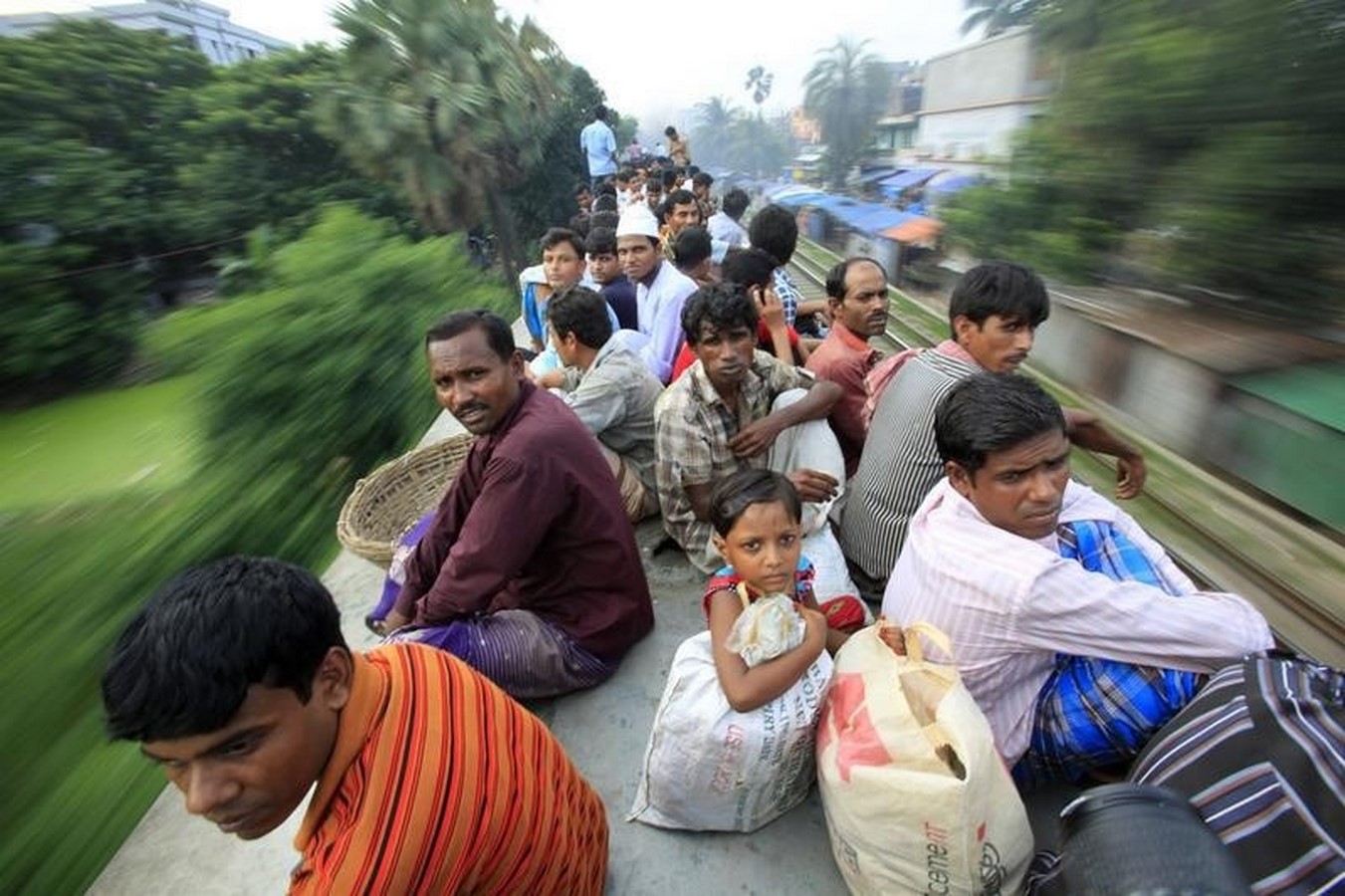
It is observed that there is an evident exclusion of compatible spaces for all these people in the city, who are usually given a small bed and a cooking space in the parking lots of the apartment buildings or sometimes the tiniest of the dorm rooms even without a window, at least in the developing countries.
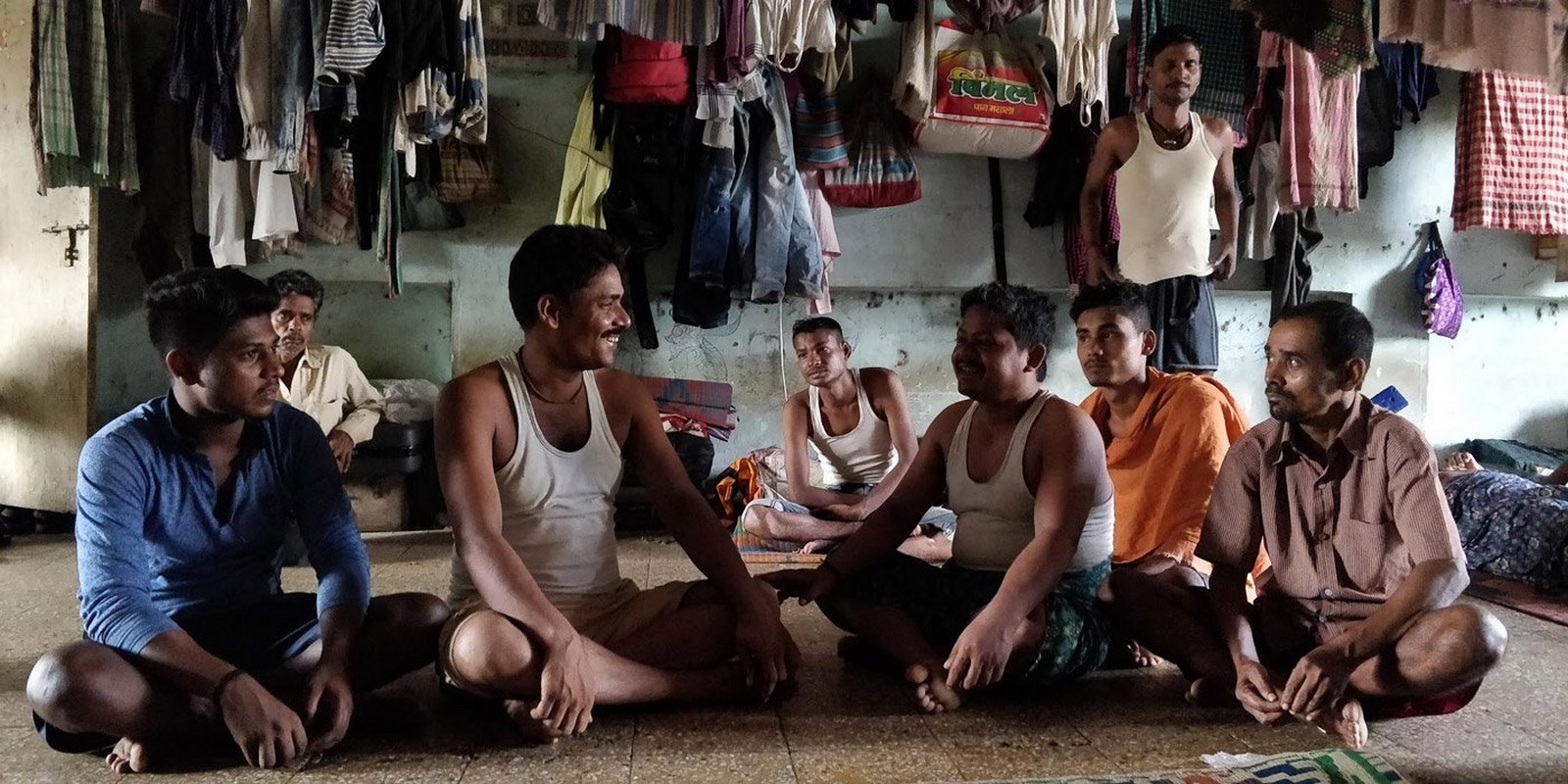
Yet, without any complaints, they indulge in creating a community wherever they are placed, celebrating together with their other migrant brothers and sisters living in the same area since they left home, with some aspirations, needs, and hope.
In addition, migration’s identity change is influenced by social and economic characteristics and neighbourhood characteristics. It is also influenced by the relationship between neighbouring activities, social ties, and migrant integration, where migrants sometimes have to work out their identity with the regional society and their home country.
They take an effort, learn the language, and try to fit in with the city lifestyle. But these families are not readily accepted and accommodated, not only on the economic but also at spatial and communal levels of the city, and are sometimes taken undue advantage of.
Moving into a new neighbourhood, they always try to create a small place, an identity, of the remnants of their original lifestyle, which makes them feel at home. Their ways include adding traditional motifs from their hometown on their doors and walls or placing certain posters or idols. They do not wish to lose the culture that binds the community and helps them identify themselves uniquely. They try their best to maintain their social identity and religion, which fosters a sense of belonging.
Sometimes, the city only offers them daily wages and no other benefits for a healthier living. Every area has such families who socially interact only among themselves and find solace. But for such social affinity to thrive, a good spatial and comfortable environment is needed around them. But even after these hardships, most have a smile and are working in the background. Most are illiterate, live on day-to-day wages, and are often used as cheap labour. Hence, there is just greed and no sympathy. They are not acknowledged enough and given better opportunities. The sense of cosmopolitan spirit in modern cities attracts these immigrants to work there.
The city should facilitate, embrace diversity, and help grow such communities. Architects need to act as social catalysts to harbour and entice them into interactions. When city authorities start planning for development, these immigrant communities’ future should also be considered. Rapid urbanisation can cause these communities’ needs to go unnoticed.
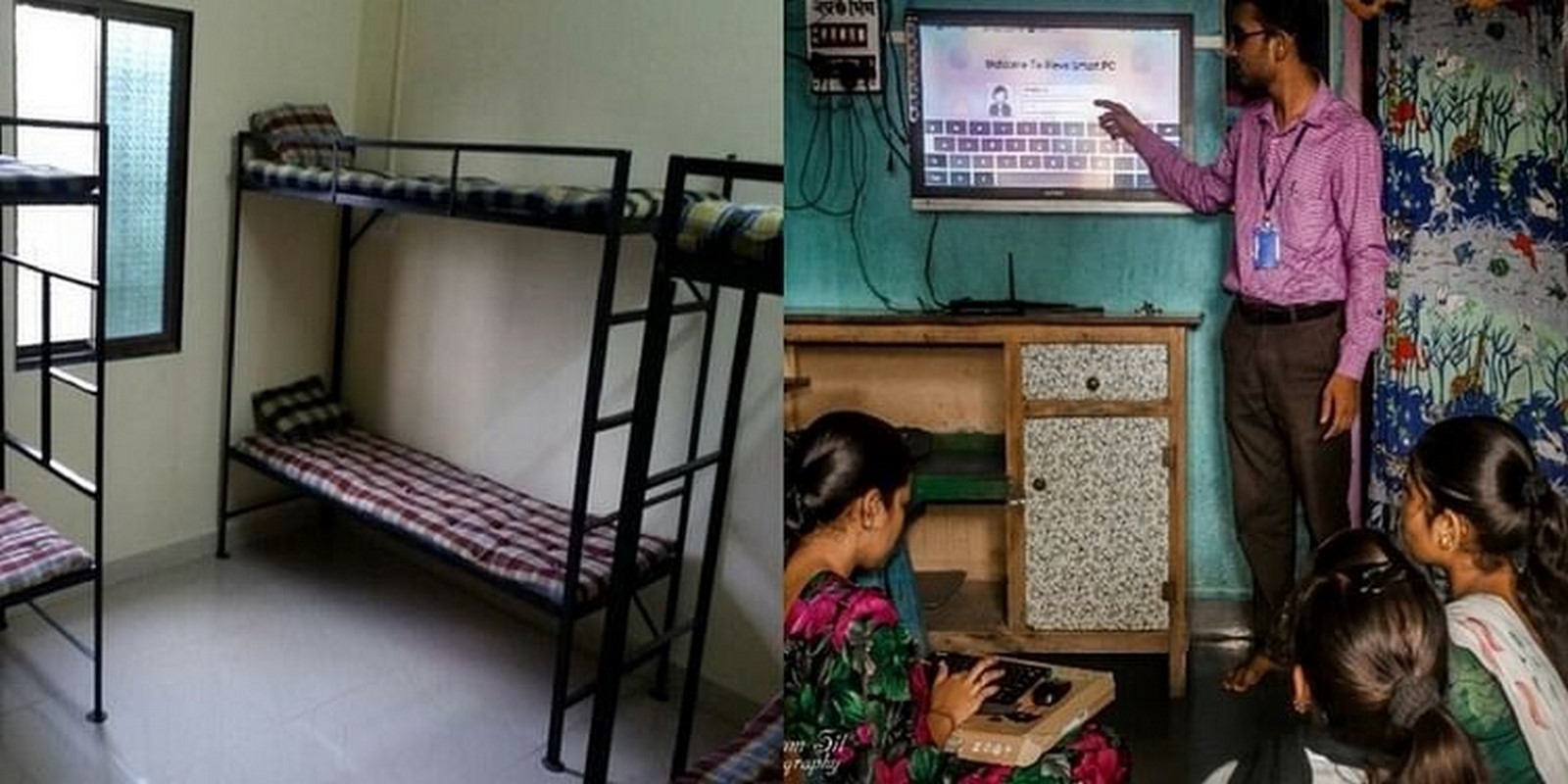
Instead of exclusion and ignorance of such young communities, a synthesis of traditions can take place. Teaching and learning their ethnic values in the city can help produce a better future. Accepting them as a part of shared urban space is a way of forming a diverse and healthy urban community.
References:
Lin, S., Wu, F., Liang, Q., Li, Z. and Guo, Y. (2022). From hometown to the host city? Migrants’ identity transition in urban China. Cities, 122, p.103567. doi: 10.1016/j.cities.2022.103567.


